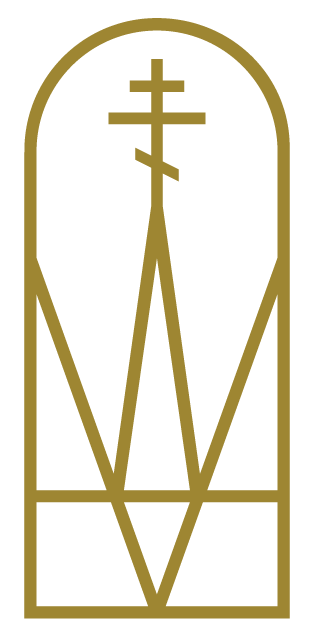Aug. 15: Dormition of the Theotokos
As excerpted from Orthodox Wiki.The Dormition (Falling Asleep) of the Theotokos is one of the 12 Great Feasts of the Orthodox Church, celebrated on August 15. The Feast of the Dormition, which is also sometimes called the Assumption, commemorates the death, resurrection and glorification of Christ's mother. It proclaims that Mary has been "assumed" by God into the heavenly kingdom of Christ in the fullness of her spiritual and bodily existence.
About the Feast
Mosaic of the Dormition of the Theotokos. From The Church of Holy Savior in Chora, Constantinople. No machine-readable author provided. Marsyas assumed (based on copyright claims)., CC BY-SA 3.0, via Wikimedia Commons
According to Orthodox Tradition, Mary died like all humanity, "falling asleep," so to speak, as the name of the feast indicates. She died as all people die, not "voluntarily" as her Son, but by the necessity of her mortal human nature which is indivisibly bound up with the corruption of this world. The feast was added to the Roman calendar in the seventh century as the Dormitio. In the eighth century, the title was changed to the Assumptio (Assumption).
The Apostles were miraculously summoned to this event, and all were present except Thomas when Mary passed from this life. She was then buried.
Thomas arrived a few days later, and desiring to see her one more time, convinced the others to open her tomb. Upon doing so, the Apostles discovered that her body was no longer present. This event is seen as a firstfruits of the resurrection of the faithful that will occur at the Second Coming of Christ. The event is normally called the Dormition, though there are many Orthodox parishes in English-speaking countries with the name Assumption. In Greek, Dormition is Koimisis—falling asleep in death—from which the word cemetery derives.
As with the nativity of the Virgin and the feast of her entrance to the temple, there are no biblical or historical sources for this feast. The Orthodox Church teaches that Mary is without personal sins, as well that Mary truly needed to be saved by Christ as all human persons are saved from the trials, sufferings, and death of this world. She truly died and was raised up by her Son as the Mother of Life and participates already in the eternal life of paradise. This life of paradise is prepared and promised to all who "hear the word of God and keep it." (Luke 11:27-28).
Celebration of the Feast
In Ukraine this feast day is also known as Persha Prechysta, meaning the first of the feast days to the Theotokos (the other two being the feast of Pokrova (Oct. 1) and the Entrance into the Temple (Nov. 21)).
As this feast day precedes the Горіховий спас (nut spas) on Aug. 16, it is common to bring the freshly harvested nuts and grains and freshly baked bread to have blessed at church on the 15th (if there is no liturgical celebration on the 16th). It is also customary in other jurisdictions to bring flowers (sometimes white flowers) to have blessed.
As with all feast days of the Mother of God, it is customary to wear blue. In fact, you will notice that the vestments of the clergy and on the tables throughout the temple are blue.
In Western Ukraine, it is common to bring out the burial shroud - plashanitsja - just as is done on Holy Friday with our Lord’s death, at vespers the evening before. Little boys of the ages 8-10 carry the plaschanytsia around the church, preceded by girls of the same age, dropping flower petals. It is then deposited at the centre of the temple, where it can be decorated and venerated by all.
In terms of liturgical traditions, on the eve of the feast, Vespers is served and contains three Old Testament readings that have New Testament meaning. In Genesis 28:10-17, Jacob's Ladder which unites heaven and earth points to the union of God with men which is realized most fully and perfectly in Mary, the bearer of God. "How awesome is this place! This is none other than the house of God, and this is the gate of heaven!" In Ezekiel 43:27-44:4, the vision of the temple with the door to the East perpetually closed and filled with the glory of the Lord, symbolizes Mary. And in Proverbs 9:1-11, Mary is also identified with the "house" which the Divine Wisdom has built for herself.
Divine Liturgy is served on the day on the feast. In some churches, it is the custom to bless flowers on this feast after the Liturgy.
Bring Flowers and Herbs to Have Blessed!
You are welcome to bring flowers and herbs to have blessed on the feast day.
Read about the traditions of Горіховий Спас.

